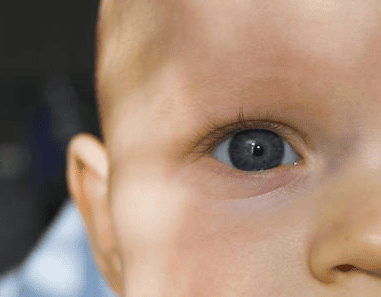Researchers in the UK have developed a new blood test, which hopes to improve diagnosis and treatment for children born with congenital cataracts.
Diagnosing the presence of a cataract is fairly easy, the hard part is determining the cause of the child’s cataract. There are more than 100 different mutations linked to congenital cataracts and with no family history of cataracts, diagnosis of cause can be very difficult. Determining this cause is important because the child’s cataract may have formed due to another congenital condition such as a metabolic disorder or Down syndrome. In approximately 25 percent of children with cataracts at birth, the condition is due to another genetic cause.
The blood test developed analyzes every known DNA mutation that causes cataracts to help speed up diagnosis of the cause. This leads to better treatment and the ability to inform families of genetic risks for the future.
Ophthalmologist Clayton Falknor, M.D. offered, “Treatment for children with cataracts is tailored to the child. In mild cases, no removal is necessary, but in many cases, the cataract must be removed in order for the child to develop his or her best possible eyesight. Depending the child’s age and other factors, a lens implant may be placed at the time of surgery to replace the clouded lens.”
A cataract is a clouding of the lens in the eye that affects vision. In the US, only 0.4 percent of children are born with cataracts.
SOURCES:
https://www.bbc.co.uk/news/health-24084614
https://www.childrensnational.org/DepartmentsandPrograms/default.aspx?Type=Dept&Id=345&Name=Ophthalmology&SubType=ConditionOrTreatment&SubId=485&subname=Cataract%20and%20other%20lens%20abnormalities

